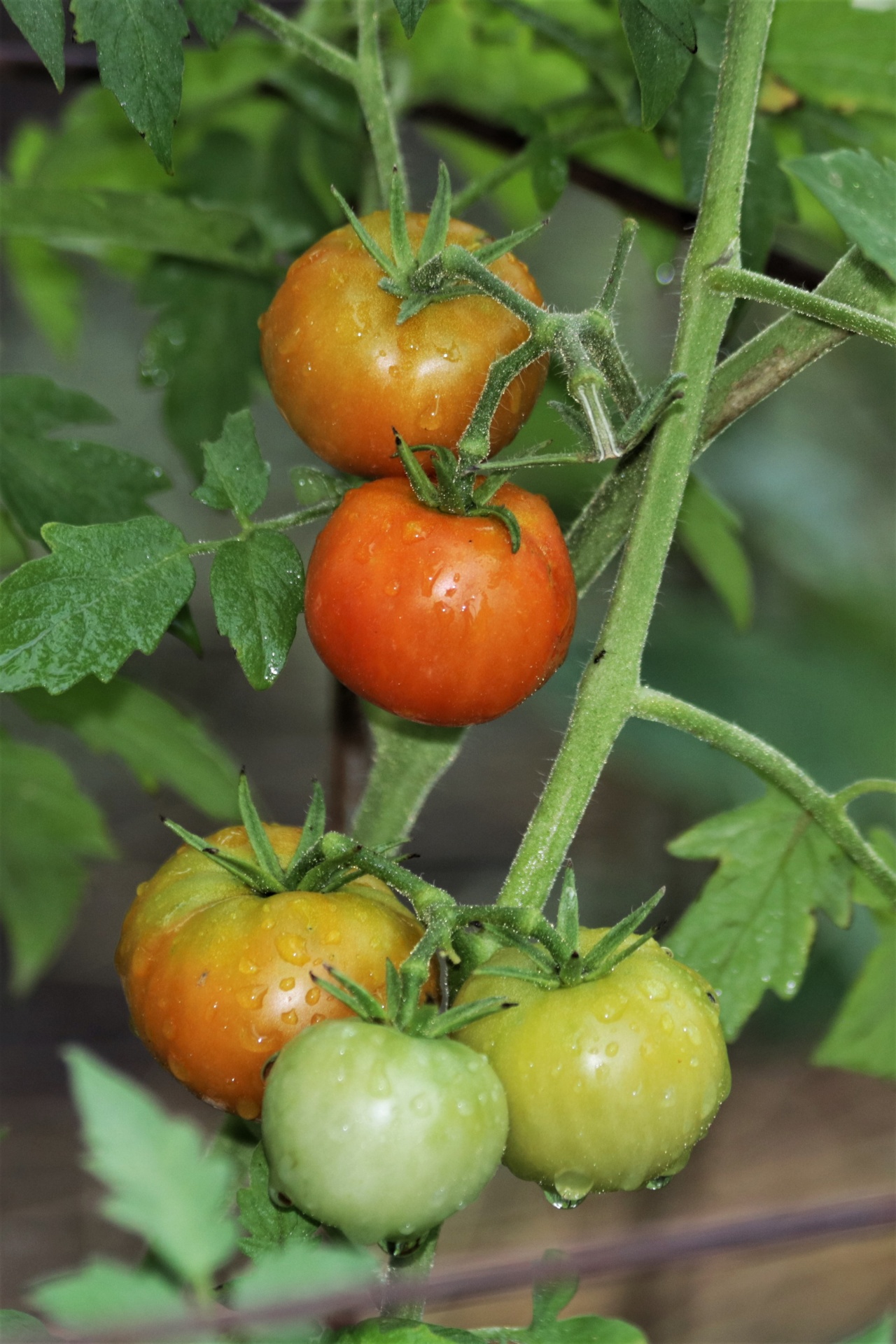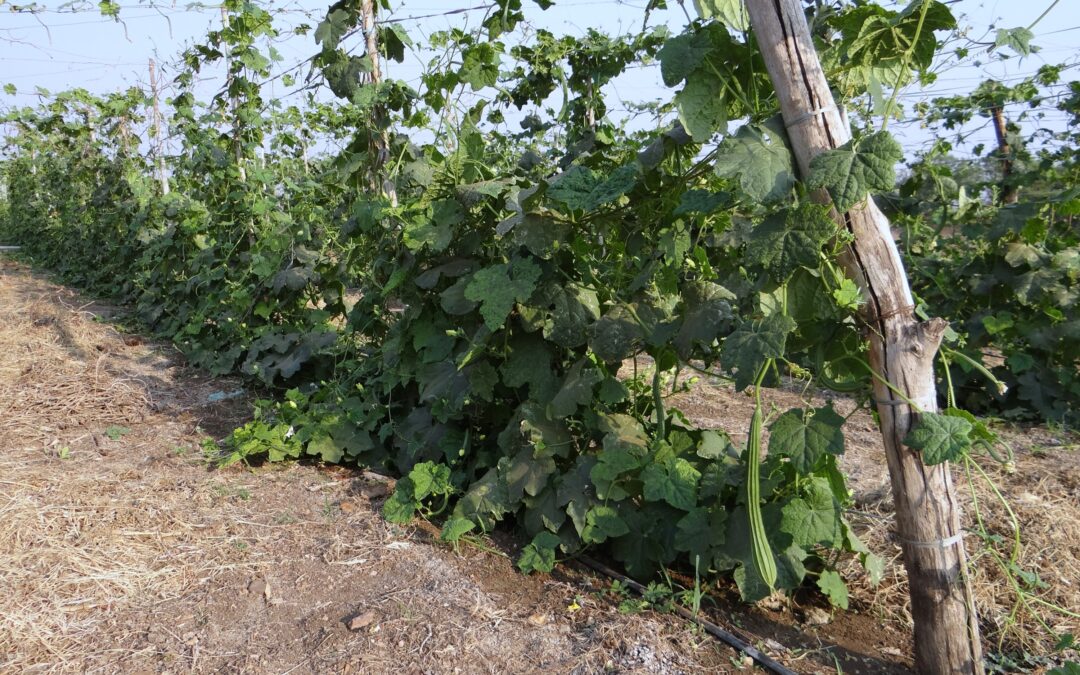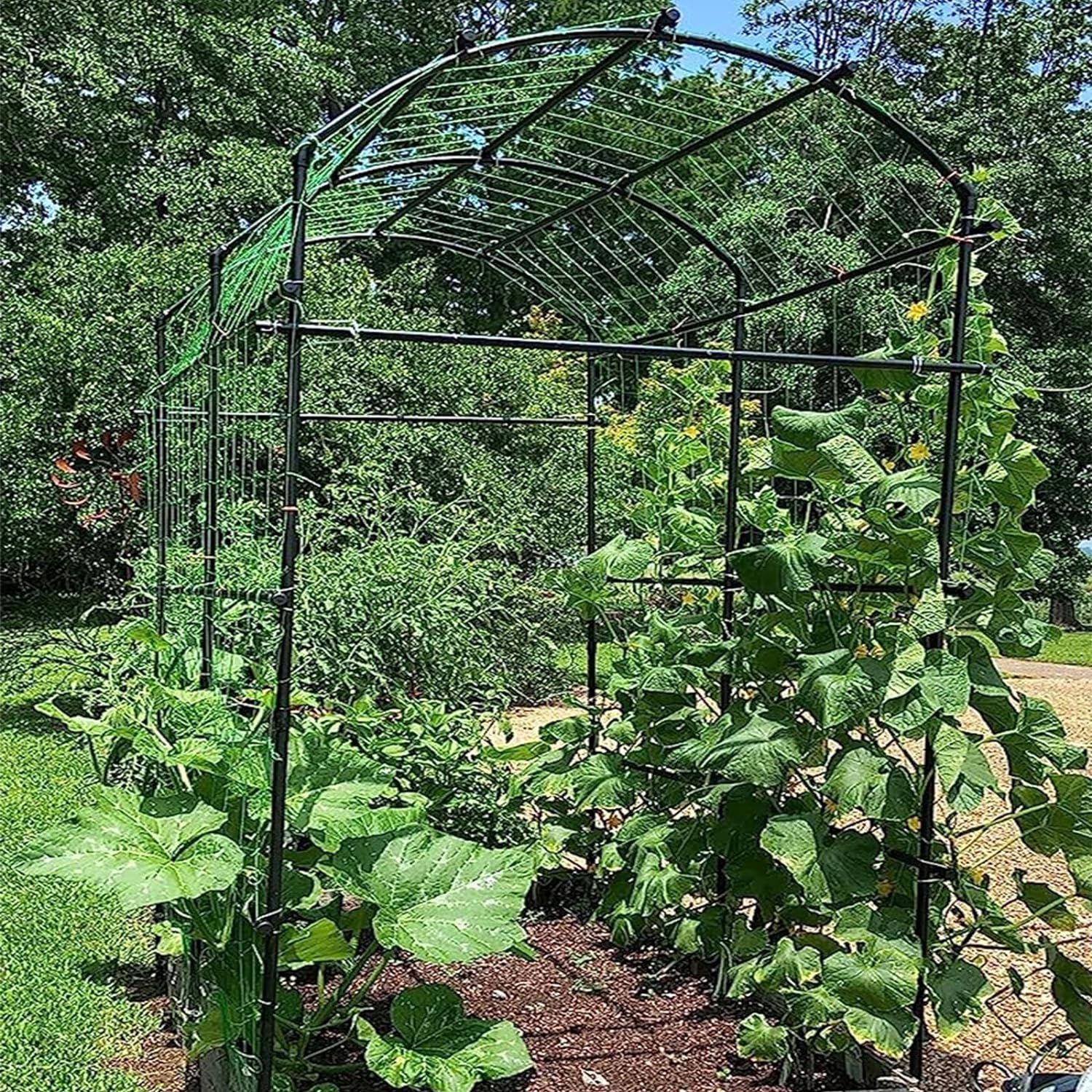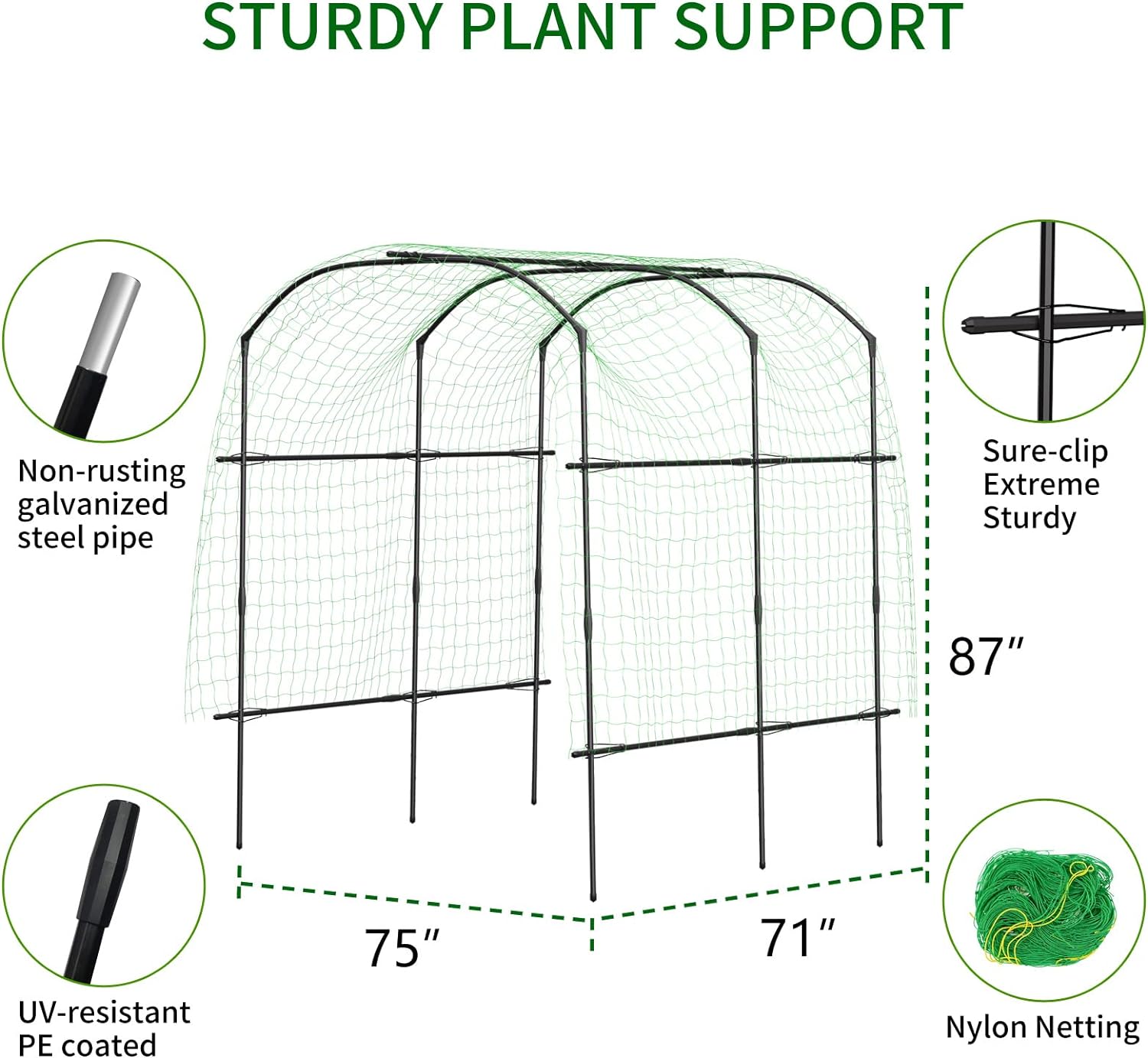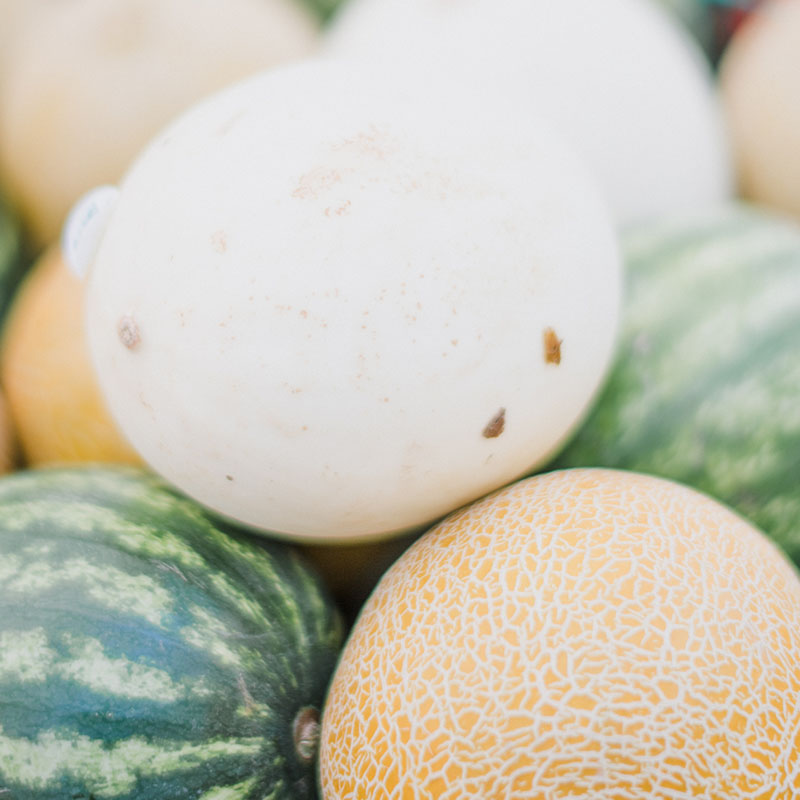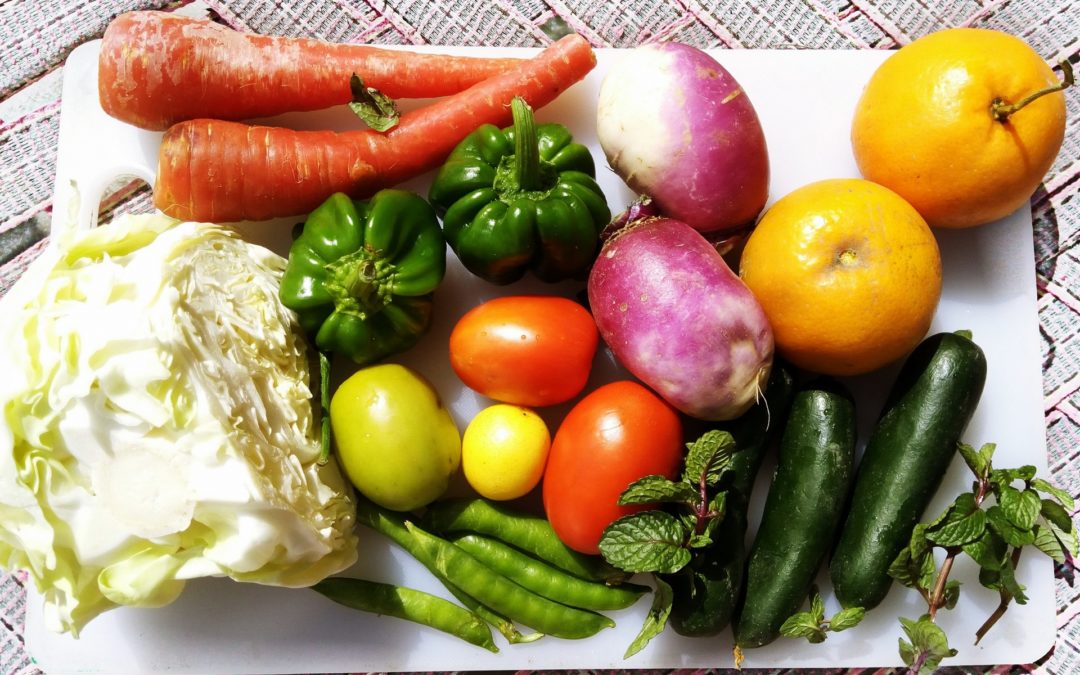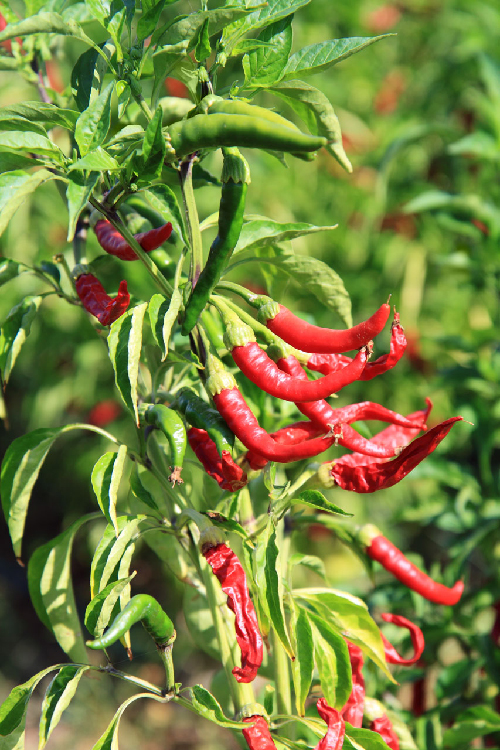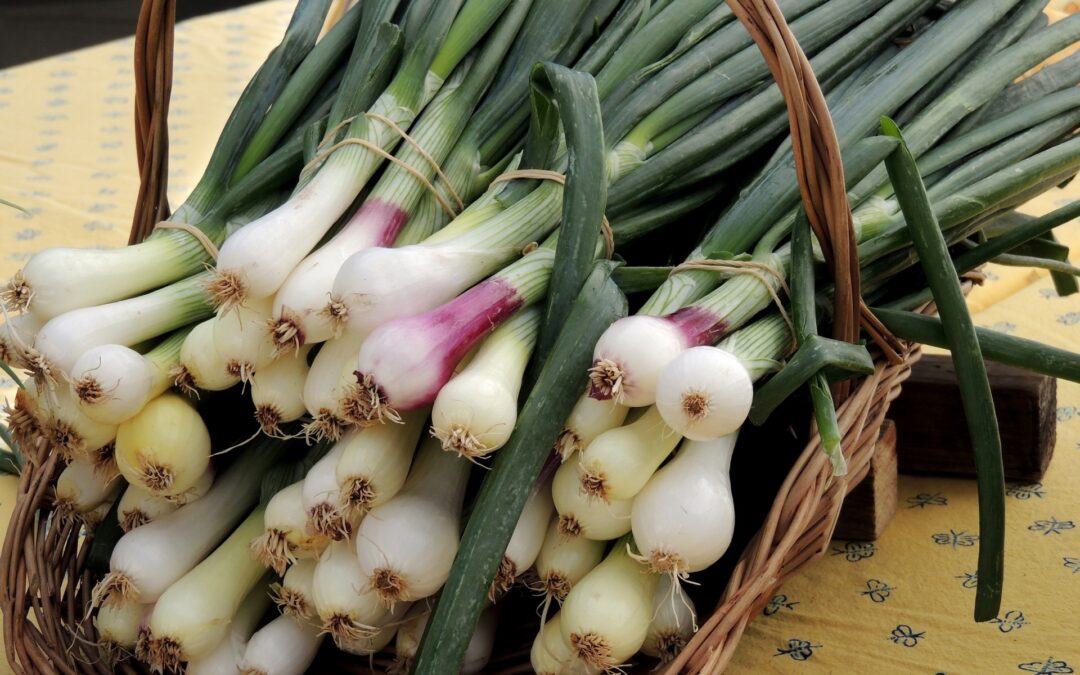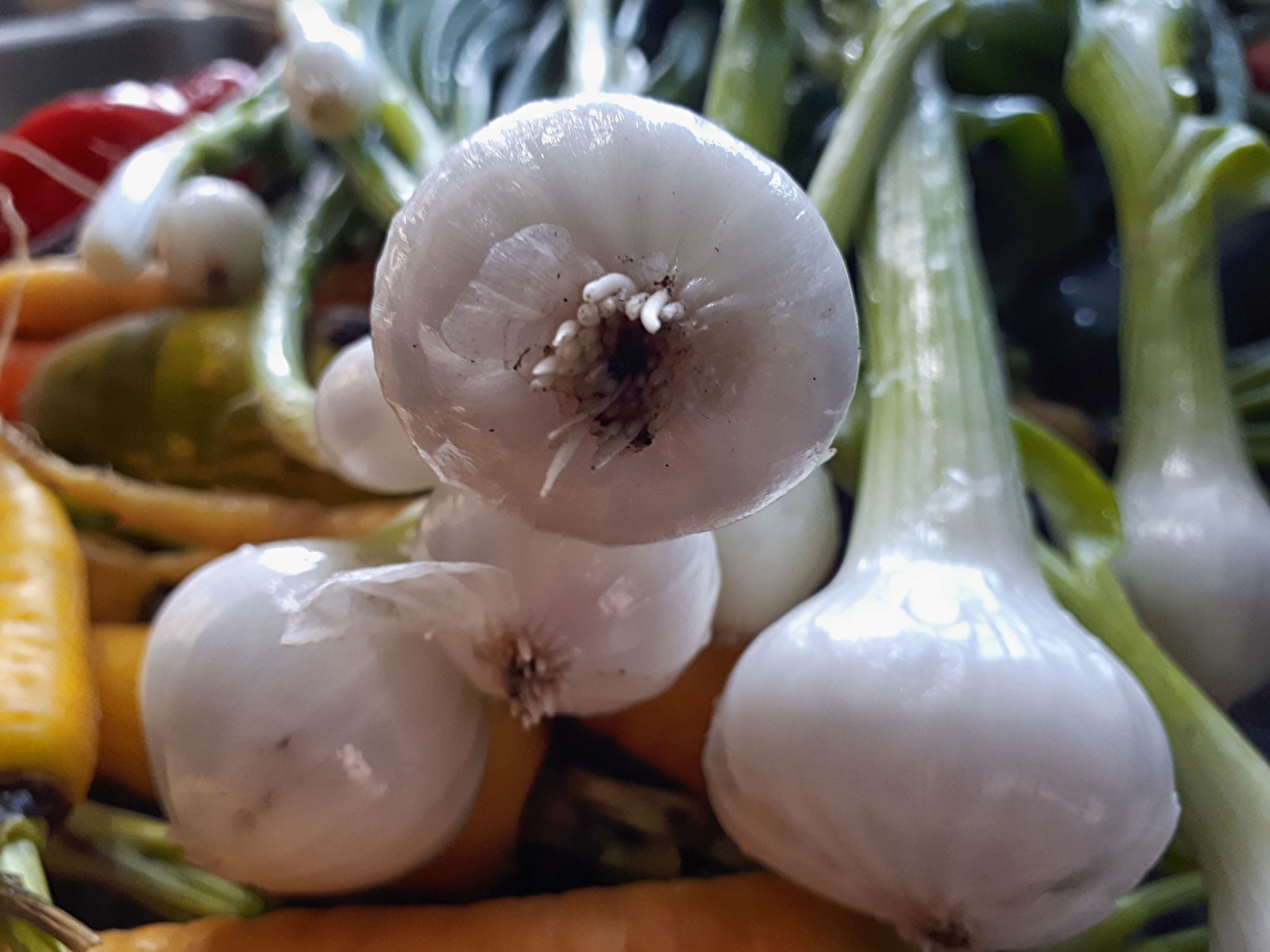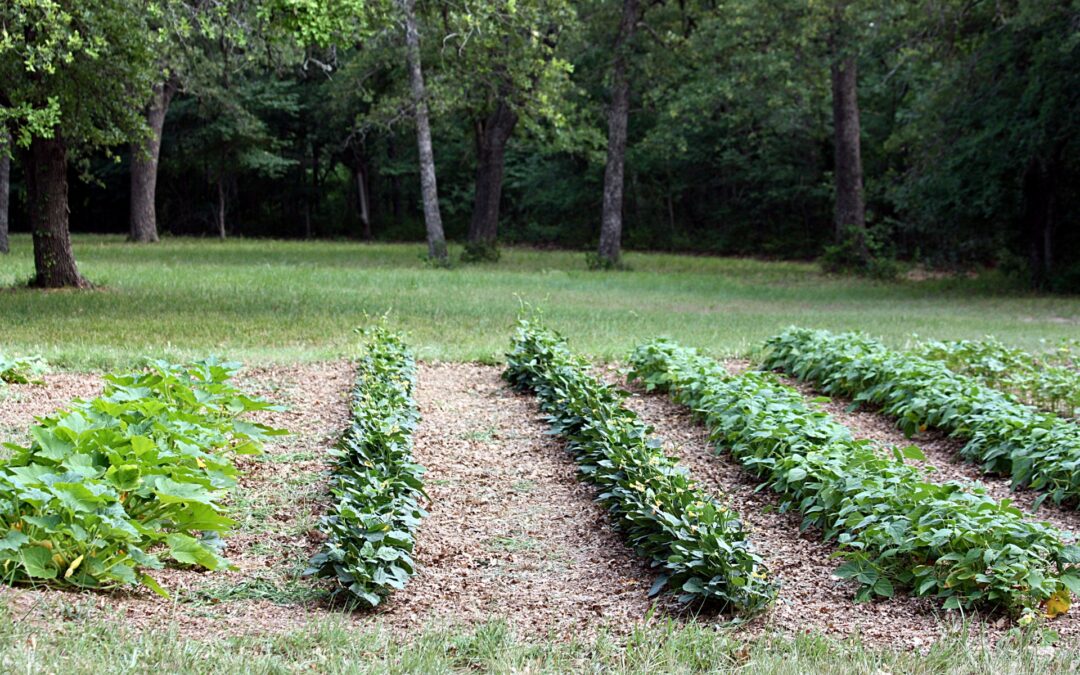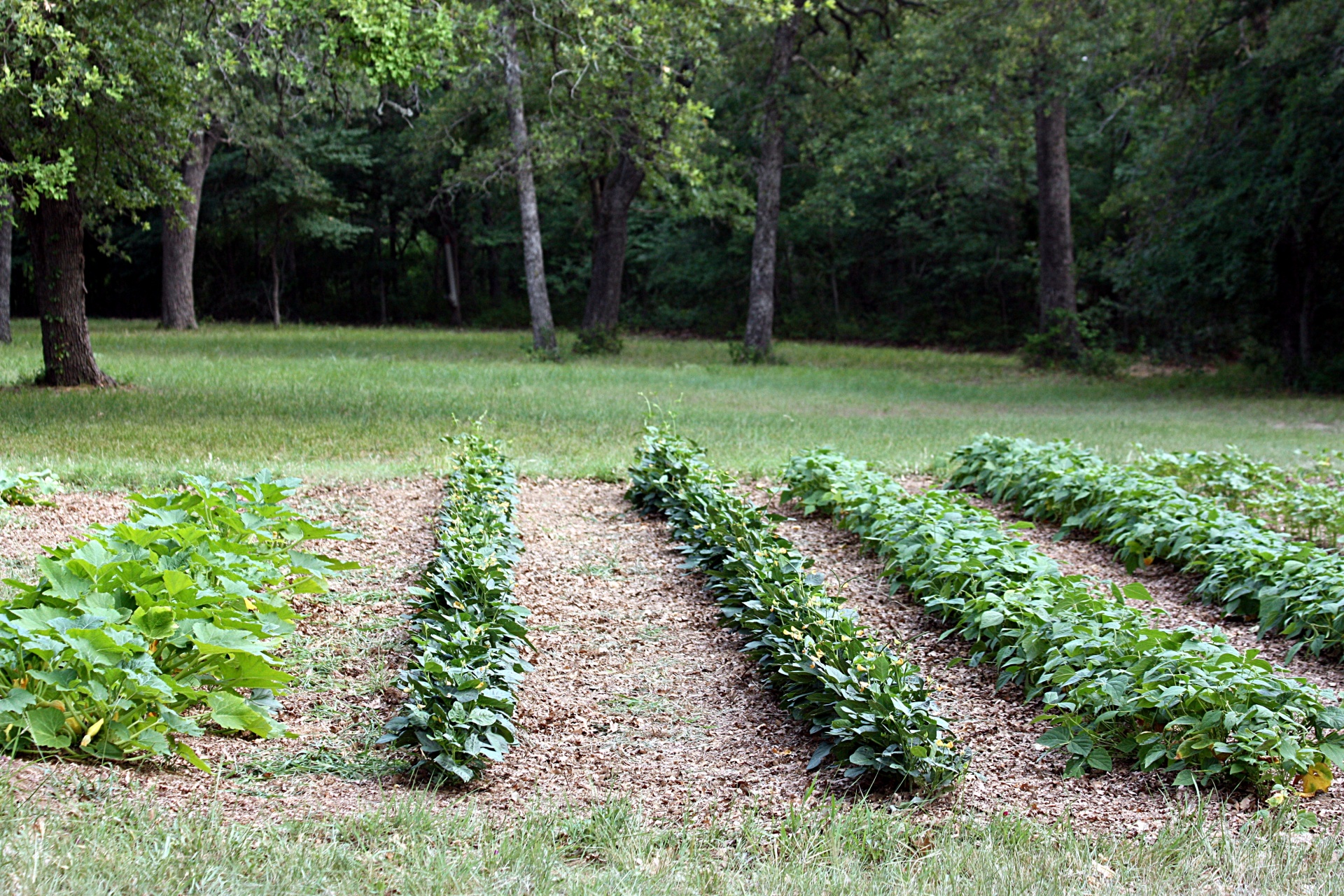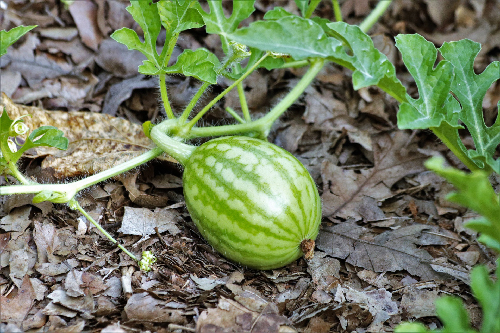
Boost Your Health with Cool Summer Fruits and Vegetables
As temperatures rise and the sun graces us with its warmth, summer offers a bounty of delicious and nutritious fruits and vegetables that can significantly boost your health and vitality. Incorporating these seasonal delights into your diet adds vibrant flavors to your meals and provides a plethora of essential nutrients, antioxidants, and hydration, contributing to overall well-being.
One of the quintessential summer fruits is watermelon, known for its high water content and refreshing taste. This juicy fruit is hydrating and rich in vitamins A and C, and lycopene. Lycopene is a powerful antioxidant that may help reduce the risk of certain diseases and promote heart health.
Strawberries, blueberries, and raspberries are other summer staples packed with healthy benefits. These colorful gems are bursting with antioxidants, fiber, and vitamin C, which can support immune function, improve digestion, and promote glowing skin.
In addition to fruits, summer offers an abundance of nutrient-rich vegetables that can elevate your health. Crisp cucumbers, for example, are low in calories and high in water content, making them an excellent choice for staying hydrated during hot summer days and keeping your calorie intake low.
Tomatoes, often at their peak flavor during summer, are versatile and loaded with vitamins, minerals, and antioxidants, including lycopene. Incorporating fresh tomatoes into your meals can help support healthy skin, vision, and digestion.
Leafy greens like spinach, kale, and arugula thrive in the summer heat and are packed with essential nutrients such as vitamins A, C, K, including folate and iron. These nutrient powerhouses can help boost energy levels, support bone health, and protect against chronic diseases.
Zucchini and summer squash are another nutritious addition to your summer menu, offering fiber, vitamins, and minerals while adding a deliciously mild flavor and satisfying texture to dishes. These versatile vegetables can be grilled, roasted, or spiralized for a variety of culinary creations.
Furthermore, do not overlook the importance of staying hydrated during the high summer heat. While enjoying these delectable summer fruits and vegetables, remember that they also contribute to your daily fluid intake, helping to prevent dehydration and maintain optimal hydration levels.
Incorporating a variety of colorful fruits and vegetables into your summer diet enhances the taste and enjoyment of your meals. These also provide a myriad of health benefits. From boosting immunity and promoting hydration to supporting overall vitality and well-being, these seasonal delights are a delicious way to nourish your body and soul during the sunny days of summer. So, embrace the season and indulge in nature’s bounty to revitalize your health and savor the joys of summer to the fullest.
